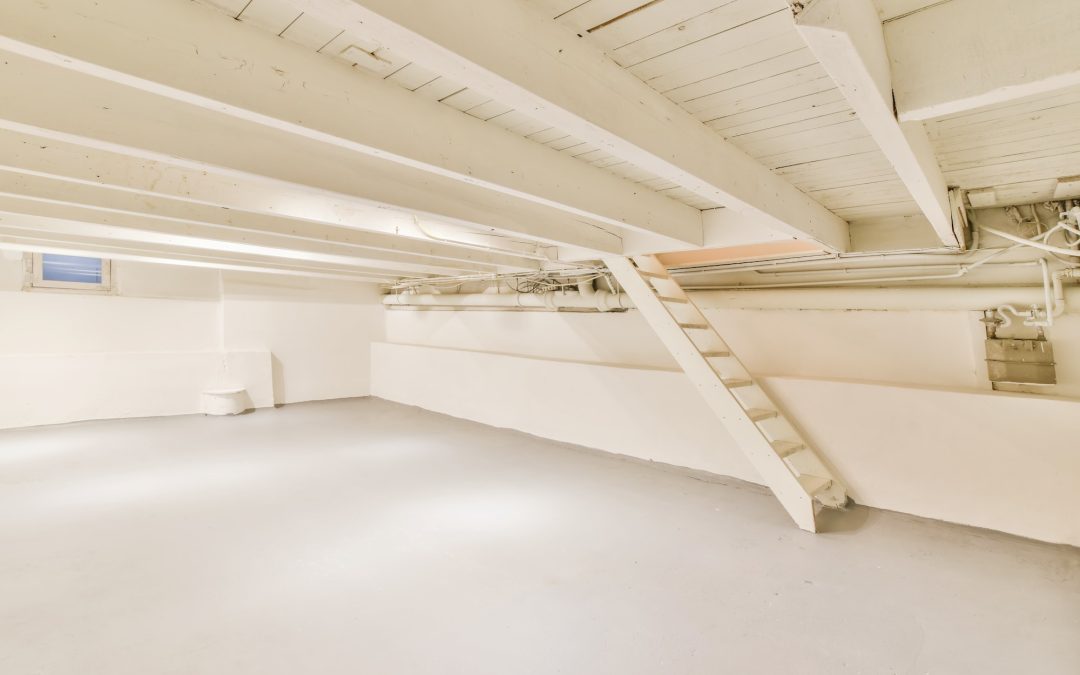French drains are an effective and cost-efficient solution to help keep your basement dry. This comprehensive guide will explain the basics of French drains, what they are and how they work, the types of materials used in their construction, and other important information you need to know before installing a French drain system in your home.
What is a French Drain?
A French drain is a type of drainage system that consists of a gravel-filled trench, perforated pipe, and filter fabric. It is designed to direct surface water away from a desired area, such as a foundation or basement. The most common uses for French drains are to reduce flooding and prevent water damage.
The name “French drain” comes from the way the system was developed by Henry Flagg French in 1859. He was an agriculturalist and lawyer who wrote extensively about the use of drainage systems to improve agricultural productivity. The idea behind his design was simple: when water builds up on one side of the trench, it will naturally flow through the gravel towards the perforated pipe, which then carries it away from the foundation.
How Does a French Drain Work?
French drains work by redirecting surface water away from an area by using gravity as its main power source. The trench is filled with gravel and a perforated pipe lies at the bottom of it. The pipe is covered with filter fabric that helps to keep dirt and debris out while allowing water to flow freely through it.
As rainwater accumulates around your home, it will flow downhill until it reaches the trench. When it does, it will collect in the gravel-filled trench and begin to fill up the perforated pipe. As more water collects in the pipe, it will eventually reach a point where gravity takes over and forces it through the outlet end of the pipe.
Types of Materials Used in French Drains
The materials used in French drains vary depending on your needs and budget. Typically, you’ll find gravel as well as either PVC or flexible corrugated pipes being used. Gravel is used because it helps promote better drainage by creating more channels for water to flow through. PVC pipes are popular because they’re durable and cost-effective but some people prefer flexible corrugated pipes because they can be easier to install in tight spaces.
In addition to gravel and piping, you may also need filter fabric or geotextile cloth to line your trench. This material helps keep dirt and debris from entering into your drainage system while allowing water to pass freely through.
Why Install a French Drain System?
A French drain system can be an effective way to protect your basement from flooding during periods of heavy rains or snow melts. By redirecting water away from your home’s foundation or basement walls, it can help prevent costly damage due to flooding or seepage.
- Prevents Flooding: PermaDry Waterproofing, explains that installing a French drain can help prevent flooding by redirecting surface runoff away from vulnerable areas such as basements or foundations.
- Reduces Water Damage: By diverting water away from vulnerable areas such as basements or foundations, you can help protect them from potential water damage due to flooding or seepage.
- Easy Installation: French drains are relatively easy to install compared to other types of drainage systems since all you need is some basic tools and supplies such as shovels, gravel, piping and filter fabric.
Installing a French Drain System
Installing a French drain system requires careful planning and preparation before beginning any digging or installation process. Here are some steps you should take before starting:
- Survey Your Site: PermaDry Waterproofing, suggests surveying your site before beginning any installation process so that you can determine where best to place your trench for optimal drainage.
>
- Gather Supplies & Tools: You’ll need basic supplies such as shovels, gravel, piping, filter fabric, etc., so make sure these items are on hand before starting installation.
>
- Dig Trench & Install Pipe: Once you have surveyed your site and gathered all necessary supplies & tools ,you can start digging your trench for installation . Once complete , install your piping along with any other materials needed for proper drainage .
>
Installing a French drain system is not too difficult if you plan ahead , have all necessary supplies on hand ,and follow instructions carefully . Doing so can help protect your basement from flooding during heavy rains , prevent costly damage due to seepage ,and increase overall drainage efficiency . With proper maintenance ,your new system should provide many years of trouble-free service . For more information on how PermaDry Waterproofing can help you install or maintain your new system ,visit their website today !< p/>

